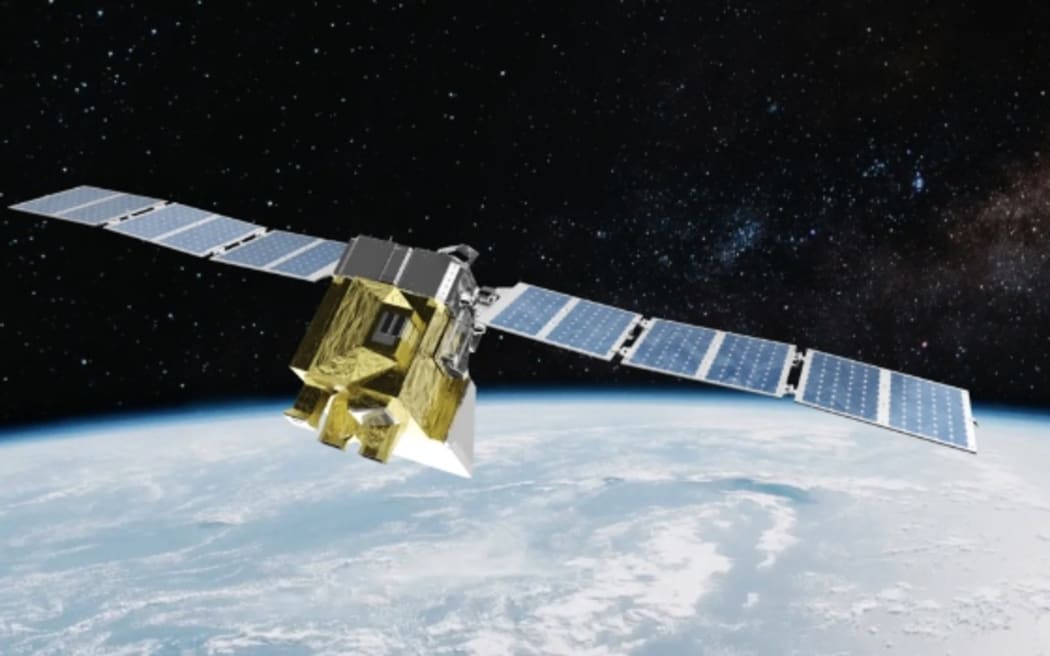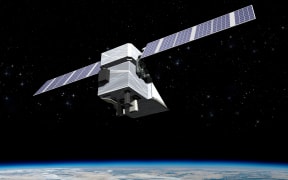A long-awaited methane-hunting satellite is in orbit, and should start supplying a steady stream of information from June.
Scientists gathered in Auckland's Mt Wellington on Tuesday to watch a SpaceX rocket launch MethaneSAT into space from California.
First pitched to the New Zealand government in 2018, the satellite is expected to start sending data back to Earth within weeks.
Harvard University senior project scientist Maryann Sargent said, however, a steady stream of information would not be ready to be released until after June.
The data will be used to pressure big methane emitters to cut their impact, as part of a bid to cut global methane emissions by 30 percent.
RocketLab and University of Auckland will operate the mission control, after New Zealand put $29 million into the mission.

MethaneSAT. Photo: Supplied / Environmental Defence Fund
Methane is a potent planetary heater - and levels are rising.
US non-profit Environmental Defence Fund (EDF) will use the mission mainly to spot and try to shut down fugitive methane leaks from oil and gas production, with the satellite lined up to cover 80 percent of global oil and gas within the first year.
EDF's Suzi Kerr said even knowing the mission was planned helped focus companies' attention on possible sources of emissions.
MethaneSAT will circle the globe about 15 times a day. But, in a situation slightly reminiscent of a teenager's mobile phone contract, it has a data cap, which limits how much information it can send home.
"With a lot more money we could send out all the data we can collect in a day, but unfortunately we are limited by our downlink," Sargent said.
Each day it collect and download readings from 30 segments of the planet each 40,000 square kilometres (200km by 200km), which it will choose based on where the biggest suspected sources of emissions are, what sites it has captured already, and other factors like cloud cover.
Its main goal is covering 80 percent of the world's oil and gas production each year. But it will also capture farming, Sargent said. A test flight of the sensor, from a plane, spotted methane from some big US livestock operations.
"We have been able to see both feedlots and dairies at this point, not every single one at this point obviously, but the larger ones."
New Zealand farms were less intensive than those feedlots, but scientists working on the agricultural part of the project at NIWA were confident they would see emissions from burping cows in Waikato, Canterbury and Taranaki.
Kerr said the satellite would not give New Zealand a clearer picture of its own methane emissions. But flying over New Zealand would help New Zealand scientists improve the ability to measure livestock and crop methane from space, and ultimately help fill a gap for countries without good on-the-ground records.
.




